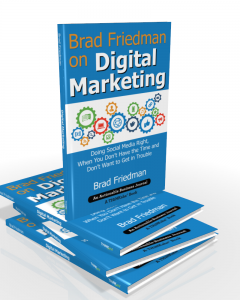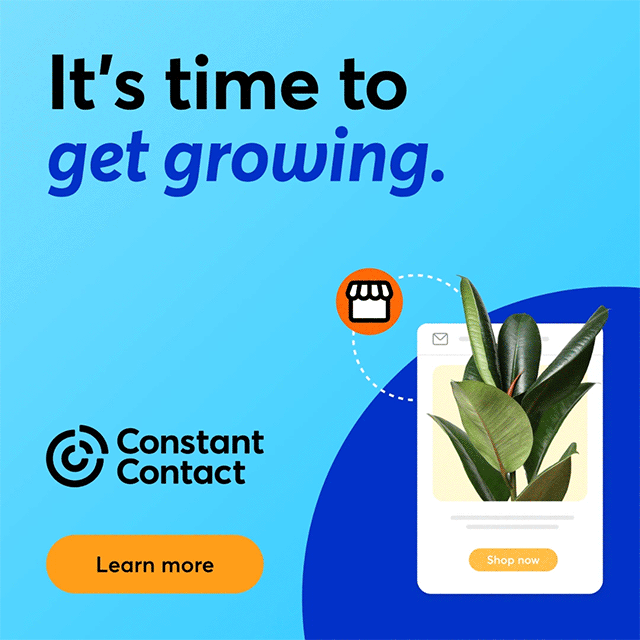Inbound marketing is all about inbound marketing leads. Right? But, how do you know whether the new leads entering your CRM actually have a good chance of becoming customers? Given the growing popularity of inbound marketing, this question becomes increasingly important. More and more of the brands competing with you for your audience's attention will utilize some form of inbound marketing lead generation. The only way to set yourself apart is to generate better quality leads.
In the battle between quality and quantity, quality wins every time. Most brands would rather convert 10 leads into 3 customers during a given week than generate 50 leads, none of whom have a chance to actually add to your bottom line.
That, in turn, requires a way for you to find out which of your inbound leads are actually quality leads. And that's exactly where the right tracking mechanism comes into play.
Analyzing Leads By Source
 Are you looking for a surefire way to generate only the most highly qualified leads? Start with the source. Depending on your business and industry, you might find leads generated through a Google search convert at a significantly higher rate than those originated from Facebook. That insight, in turn, allows you to shift your focus toward SEO and SEM to get better leads.
Are you looking for a surefire way to generate only the most highly qualified leads? Start with the source. Depending on your business and industry, you might find leads generated through a Google search convert at a significantly higher rate than those originated from Facebook. That insight, in turn, allows you to shift your focus toward SEO and SEM to get better leads.
That sounds simple in theory. In practice, however, it requires a well-defined tracking process. Each of your campaigns should be developed with conversion pixels or goals set up through your marketing platform of choice (A tool like HubSpot is recommended here). You also need to make sure that a lead's source will be tracked through the sale in your CRM or contact database. Finally, don't underestimate the power of multi-channel attribution to account for the multiple touches required to get a lead in your database to begin with.
Analyzing Leads By Demographics
Because of the complexity required to analyze your leads by source, if your not using a marketing automation tool, you might want to take a simpler approach at first: understanding your new inbound leads based on their demographics.
Chances are, your most successful leads will share certain commonalities. Your goal should be to find those commonalities in order to build an inbound marketing strategy more directly targeted at reaching this segment of your audience.
You may find geographic pockets in which your most highly qualified leads tend to live. Gender, age, and education level could all be relevant variables. Work backwards from your customers to find the characteristics most likely to lead to conversions.
Analyzing Leads By Micro Conversions
Finally, don't underestimate the potential power of micro conversions to determine the quality of a lead. Especially if you already use Google Analytics, you can set up these micro conversion goals to help you better understand your audience's customer journey.
Micro conversions, of course, can range widely. They may include signing up to subscribe to your blog, staying on your website for a long period of time, visiting your pricing page, and more. In other words, they are small steps that qualified leads typically take to learn more about you on their way to a more significant (macro) conversion goal.
Analyze the numbers, and you will find your most successful leads tend to share similar patterns in these micro conversions. They might be more likely to become blog subscribers, or visit your pricing page before actually becoming a lead (compared to after becoming a lead). Based on these patterns, you can determine which leads deserve most of your attention in the nurturing process toward becoming a customer.
In short, the right tracking mechanisms can play a crucial part in helping you understand which of your leads are most likely to convert. In turn, these mechanisms allow you to improve and focus your marketing, building a better inbound marketing strategy that helps your business grow on a sustainable level. To build better leads and increase your conversion chances, contact us.












